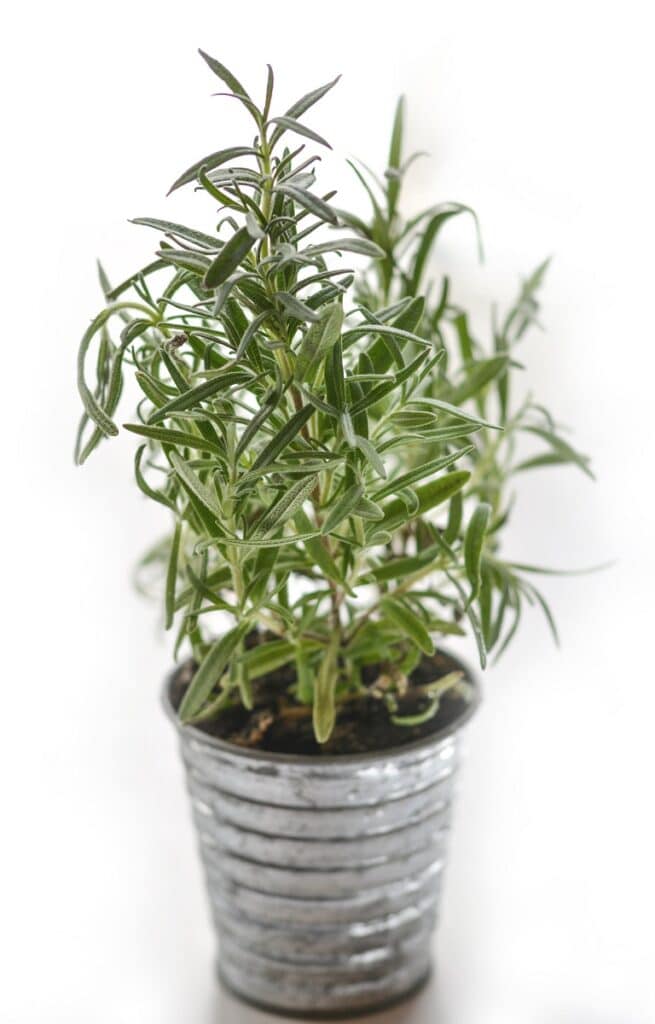Worried about your cactus turning black? Discover essential tips and solutions to revive your succulent friend.
Have you ever wondered why your cactus is suddenly turning black? It can be quite concerning to see your once vibrant and lush plant taking on such a dark color. But fear not, because in this article, we will explore the reasons behind this phenomenon and provide you with some helpful tips on what to do when cactus turns black. So grab your gardening gloves, and let’s dive into the world of cacti to solve this mysterious issue together.
Common Causes of Cactus Turning Black
Cacti are generally known for their ability to thrive in arid and harsh conditions, making them popular houseplants. However, despite their resilience, cacti can sometimes develop problems that lead to their stems turning black. It is important to understand the common causes behind this issue in order to effectively address and prevent it.
Overwatering when cactus turns black
Overwatering is one of the most common reasons for cacti turning black. Despite their desert origins, cacti still require water to survive. However, these plants have adapted to store water in their stems and root systems, allowing them to withstand extended periods of drought. When cacti are subjected to excessive watering, their cells can become waterlogged and begin to rot, resulting in a blackened appearance.
Underwatering
On the flip side, underwatering can also cause cacti to turn black. When a cactus does not receive an adequate amount of water, its cells can become dehydrated and shrink, leading to a shriveled and blackened appearance. Underwatering can be caused by neglect or forgetting to water the cactus for extended periods of time.
Root Rot
Root rot is a fungal infection that occurs when the roots of a cactus are constantly exposed to excessive moisture. This can happen due to overwatering or poor drainage in the potting mix. As the roots decay, the cactus loses its ability to absorb water and nutrients, resulting in blackened stems and stunted growth.
Sunburn
Although cacti are known for their tolerance to intense sunlight, they can still experience sunburn under certain conditions. Sunburn occurs when a cactus is exposed to excessive direct sunlight without proper acclimation. This can lead to the blackening of the plant’s surface tissue, causing it to become discolored and potentially wilted or wrinkled.
Pests and Diseases
Lastly, pests and diseases can also contribute to cacti turning black. Common pests such as mealybugs, scales, or spider mites can infest cacti and cause damage to their stems, resulting in discoloration. Additionally, fungal or bacterial infections can set in and lead to blackened areas on the cactus.
Identifying Overwatering
If you suspect that overwatering is the cause of your cactus turning black, there are several signs to look out for especially what to do when cactus turns black.
Soft, mushy stems
When a cactus is overwatered, its stems may become soft and mushy to the touch. This is a result of the excess water causing the cells to become waterlogged and ultimately rot.
Yellowing or wilting
Overwatered cacti may also exhibit symptoms such as yellowing or wilting. This is a sign that the cactus is not able to properly absorb water and nutrients due to the excess moisture in the soil.
Foul odor when cactus turns black
An unpleasant, foul odor emanating from the cactus can indicate a serious case of overwatering. This odor is typically caused by the rotting of the plant’s tissues.
Root discoloration
When examining the roots of an overwatered cactus, you may notice a darkening or blackening of the root system. This is a clear sign of root rot, caused by excessive moisture.
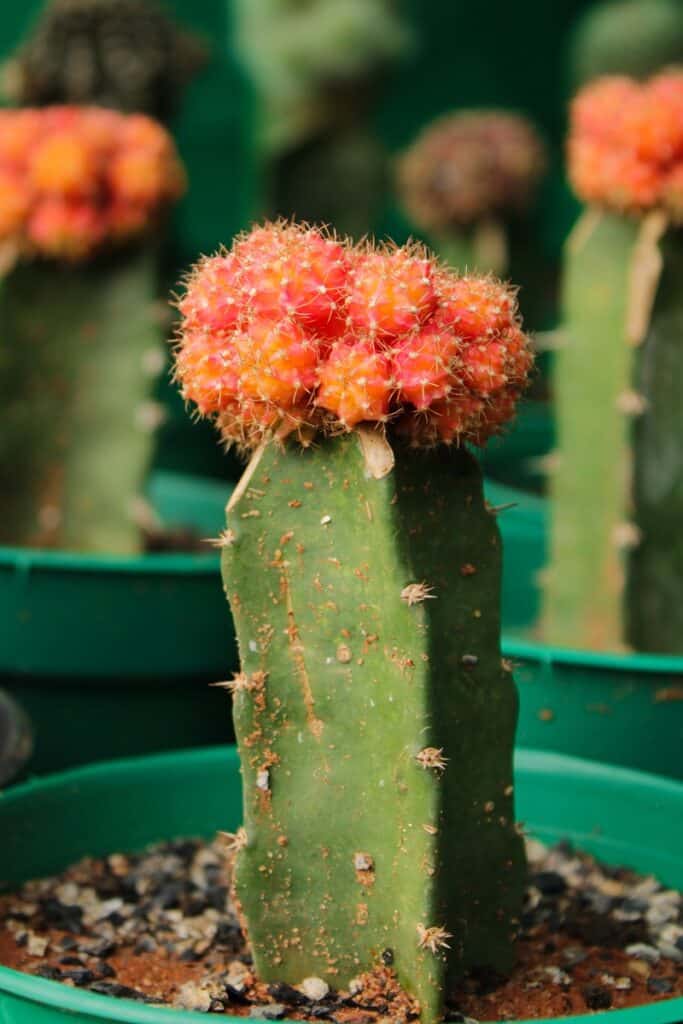
Preventing and Treating Overwatering
To prevent and treat overwatering, there are several steps you can take what to do when cactus turns black.
Adjust watering frequency
One of the most important aspects of preventing overwatering is adjusting the frequency of watering. Cacti have specific water requirements, and it is crucial to give them time to dry out between waterings.
Improve soil drainage
Ensuring proper soil drainage is essential in preventing overwatering. Choose a well-draining soil mix specifically designed for cacti and succulents to help water flow freely through the pot and minimize the risk of excessive moisture buildup.
Repotting into well-draining mix
If your cactus is already exhibiting signs of overwatering, it may be necessary to repot it into a more suitable, well-draining potting mix. This will help improve drainage and prevent further waterlogging.
Allowing soil to dry between waterings
Allowing the soil to dry out completely between waterings is crucial in preventing overwatering. Use the “finger test” by sticking your finger about an inch into the soil; if it feels dry, it’s time to water again.
Avoiding excess humidity
Cacti thrive in low humidity environments. Keep your cactus away from humid areas of your home, such as bathrooms or kitchens, as this can contribute to overwatering.
Identifying Underwatering
If your cactus appears shriveled and blackened, underwatering may be the culprit.
Dry, shriveled appearance
Underwatered cacti will often have a dry and shriveled appearance. The stems may appear thinner and less plump than usual.
Brittle or wrinkled stems: What to do when cactus turns black
When a cactus does not receive enough water, the stems can become brittle or develop wrinkles. This is a clear sign of dehydration.
Brown or yellow needles
The needles or spines of an underwatered cactus may turn brown or yellow. This is a visual indication that the plant is not receiving enough water to sustain healthy growth.
Leaning or drooping
Underwatered cacti may start to lean or droop due to their lack of moisture. This is the plant’s way of conserving energy and trying to find a more favorable environment for survival.
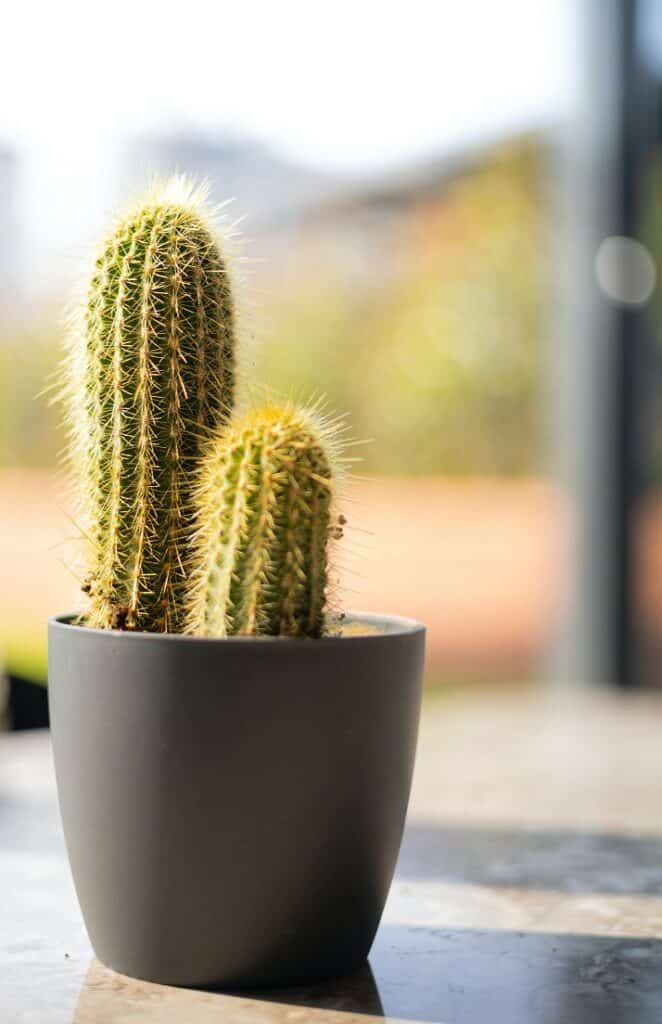
Preventing and Treating Underwatering
To prevent and treat underwatering, consider the following steps. what to do when cactus turns black.
Establishing a watering schedule
Consistency is key when it comes to watering cacti. Establish a watering schedule that takes into account the specific needs of your cactus species, keeping in mind factors such as temperature and humidity in your environment.
Watering deeply and thoroughly
When you do water your cactus, make sure to do so deeply and thoroughly. This means allowing water to flow through the pot until it drains out of the bottom, ensuring that the entire root system receives adequate hydration.
Using moisture meters or finger test
If you’re unsure whether your cactus needs watering, you can use a moisture meter or the “finger test” to determine the moisture level in the soil. Insert the probe of a moisture meter into the soil, or stick your finger a few inches into the soil. If it feels dry, it’s time to water.
Applying appropriate watering techniques
When watering cacti, it is important to use appropriate techniques to avoid waterlogging or damaging the plant. Direct the water specifically at the base of the plant, taking care to avoid wetting the stems or causing excess moisture buildup in the pot.
Identifying Root Rot: What to do when cactus turns black
Root rot can be a serious issue if left untreated. Here are some signs to look out for.
Soft, darkened roots
One of the most obvious signs of root rot is the presence of soft and darkened roots. Healthy roots should be firm and white, but rotting roots will appear mushy and discolored.
Foul odor
Similar to overwatering, root rot often produces a foul odor. This smell is caused by the decay of the rotting roots.
Yellowing or wilting
Root rot affects the plant’s ability to absorb water and nutrients, resulting in symptoms such as yellowing or wilting of the cactus.
Stunted growth
If your cactus is experiencing root rot, you may notice that it exhibits stunted growth. This is due to the plant’s inability to properly absorb the necessary resources for healthy development.
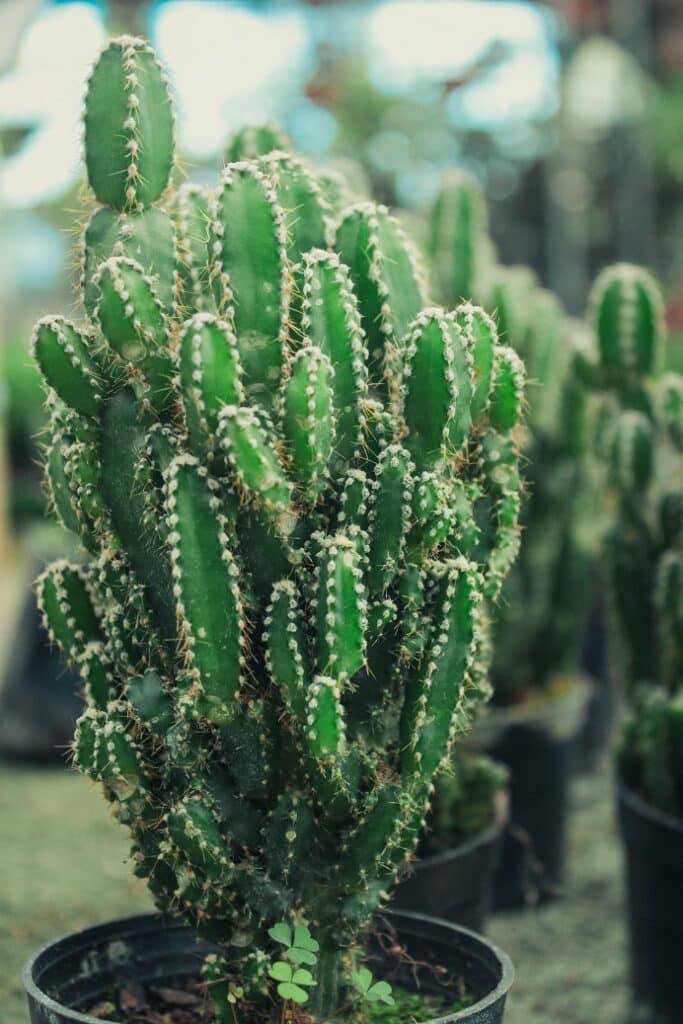
Preventing and Treating Root Rot
To prevent and treat root rot in your cactus, consider the following steps.
Using well-draining soil mix
Using a well-draining soil mix is crucial to prevent root rot. Opt for a blend specifically designed for cacti and succulents, as it will allow excess moisture to flow through and protect the roots from waterlogging.
Avoiding overwatering: What to do when cactus turns black
Overwatering is a major contributor to root rot. By adjusting your watering practices and allowing the soil to dry out between waterings, you can minimize the risk of root rot development.
Optimizing pot drainage
Ensure that your cactus is planted in a pot with adequate drainage holes. This will allow excess water to flow out of the pot, preventing it from accumulating around the roots.
Treating with fungicides or natural remedies
If you suspect root rot, it may be necessary to treat your cactus with fungicides or natural remedies specifically designed to combat fungal infections. Follow the instructions carefully and apply the treatment as directed.
Trimming and removing infected roots
In more severe cases of root rot, it may be necessary to trim and remove the infected roots. This should only be done with sterile tools to prevent further spread of the infection. After trimming, repot the cactus in fresh, well-draining soil to promote recovery.
Identifying Sunburn
Despite their ability to tolerate sunlight, cacti can still experience sunburn under certain conditions.
Brown, black, or bleached patches
One of the most visible signs of sunburn on a cactus is the development of brown, black, or bleached patches on the surface of the stem. These discolorations are a result of damage caused by excess sunlight.
Yellowing or wilting
Sunburn can affect the overall health of a cactus, leading to symptoms such as yellowing or wilting. This is a sign that the plant is under stress and unable to thrive in its current lighting conditions.
Distorted or discolored growth
In severe cases of sunburn, the affected cactus may exhibit distorted or discolored growth. This can manifest as misshapen or stunted stems or an overall unhealthy appearance.
Wrinkling or shriveling
Another visual indicator of sunburn is the wrinkling or shriveling of the affected area on the cactus. This is a sign of dehydration and damage to the plant’s tissues.
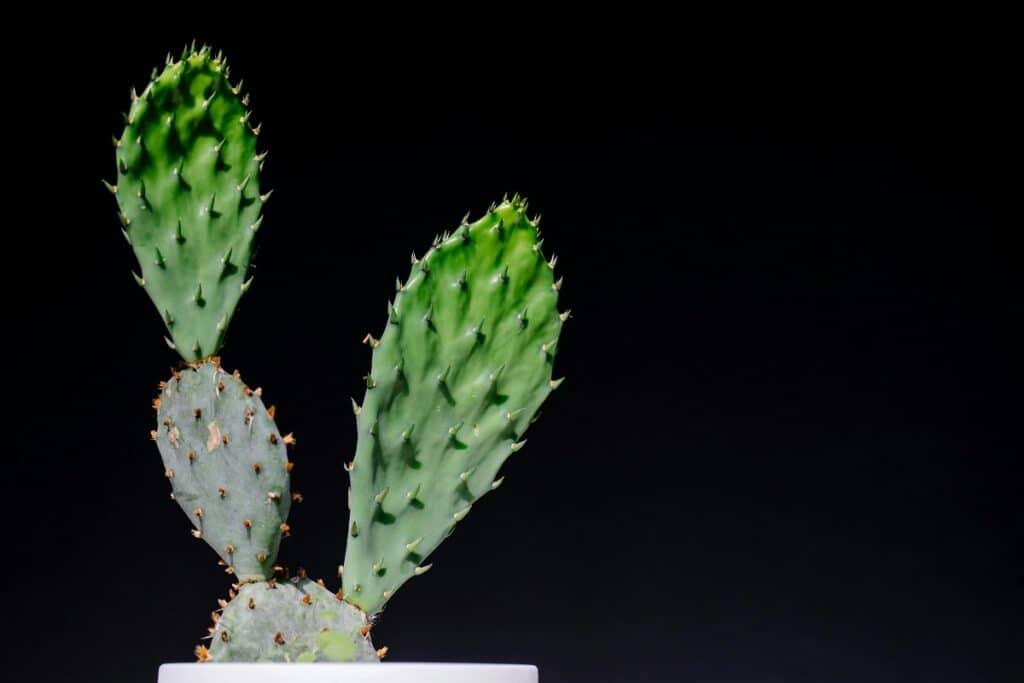
Preventing and Treating Sunburn: What to do when cactus turns black
To prevent and treat sunburn in your cactus, consider the following steps.
Gradually acclimating cactus to sunlight
If you plan to move your cactus to a sunnier location, it’s important to acclimate it gradually. Start by exposing it to a few hours of sunlight per day, gradually increasing the duration over the course of several weeks. This will allow the cactus to adjust to the higher light intensity.
Providing shade or diffused sunlight
If your cactus is susceptible to sunburn, providing shade or diffused sunlight can help protect it from direct exposure to intense sunlight. This can be achieved by placing the cactus in a location where it receives bright, indirect light or by using shades or blinds to filter the sunlight.
Avoiding intense midday sun
The midday sun is typically the strongest and most intense. To prevent sunburn, it is advisable to keep your cactus sheltered or shaded during this period, especially if it is positioned near a window or outdoor area that receives direct sunlight.
Using sun protection methods
If you are unable to provide adequate shade or diffused sunlight, you may consider using sun protection methods such as applying a thin layer of horticultural shade cloth or using a sunscreen spray specifically designed for cacti. These measures can help reduce the risk of sunburn and protect your plant’s delicate tissues.
Preventing and Treating Pests and Diseases
Pests and diseases can wreak havoc on cacti, causing them to turn black. Here are some preventive measures and treatment options to consider.
Regular monitoring and inspection
Regularly monitor and inspect your cactus for any signs of pests or diseases. Look for small insects, webbing, or any unusual spots or discoloration on the plant’s surface. Early detection is crucial for effective treatment.
Introducing beneficial insects
Beneficial insects such as ladybugs or predatory mites can help control common pests on your cactus. These insects feed on harmful pests like mealybugs or spider mites and can help naturally control their populations.
Natural remedies and insecticides
If you notice a pest infestation on your cactus, consider using natural remedies or insecticides specifically formulated for cacti. These products can help eliminate pests while minimizing harm to the plant.
Practicing good hygiene and sanitation
Maintaining good hygiene and sanitation practices around your cacti can help prevent the spread of pests and diseases. This includes removing fallen leaves or debris from the pot, cleaning gardening tools before and after use, and avoiding cross-contamination between plants.
Isolation and treatment of infected plants
If you have multiple cacti, it is important to isolate any infected plants to prevent further spread of pests or diseases. Treat the infected plant promptly, following the appropriate treatment methods for the specific pest or disease affecting it.
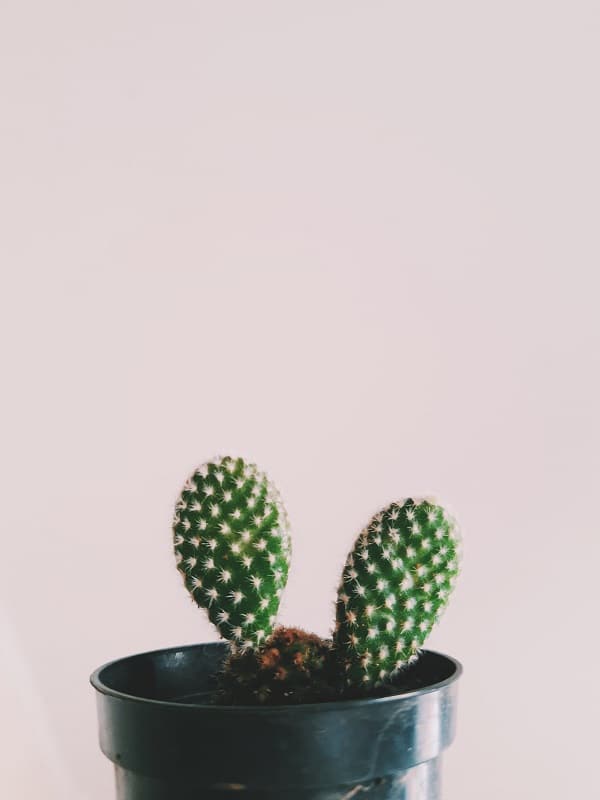
Conclusion
Thus, understanding the common causes of cacti turning black is essential for their care and well-being. By identifying and addressing issues such as overwatering, underwatering, root rot, sunburn, and pest infestations, you can provide a healthier environment for your cacti to thrive. Remember what to do when cactus turns black. Observe your plants regularly, adjust your watering practices, provide suitable lighting conditions, and maintain good hygiene to keep your cacti happy and free from blackened stems. With proper care and attention, your cacti will continue to bring joy and beauty to your surroundings for years to come.



